Naad Virasat
A sacred design collection
an ongoing design practice exploring Sikh musical heritage through miniature, handcrafted forms.
a tribute to Naad — the sacred vibration — and Virasat — our cultural inheritance.
each object is a meditation on form, history, and sound.
The Origin: Lilruba (2020)
It began with a gift.
A friend played the dilruba — a bowed string instrument designed by the Tenth Guru to be carried into battle.
Its name comes from Persian: dilruba — heart stealer — for the way its voice moves those who are blessed to hear it.
As a loving gesture, I crafted a miniature version — just for fun — and called it the Lilruba.
But something shifted in the process.
The more I carved, the more I began to feel what the Gurus might have felt — not just as spiritual guides, but as makers.
Creators of instruments. Designers of sound.
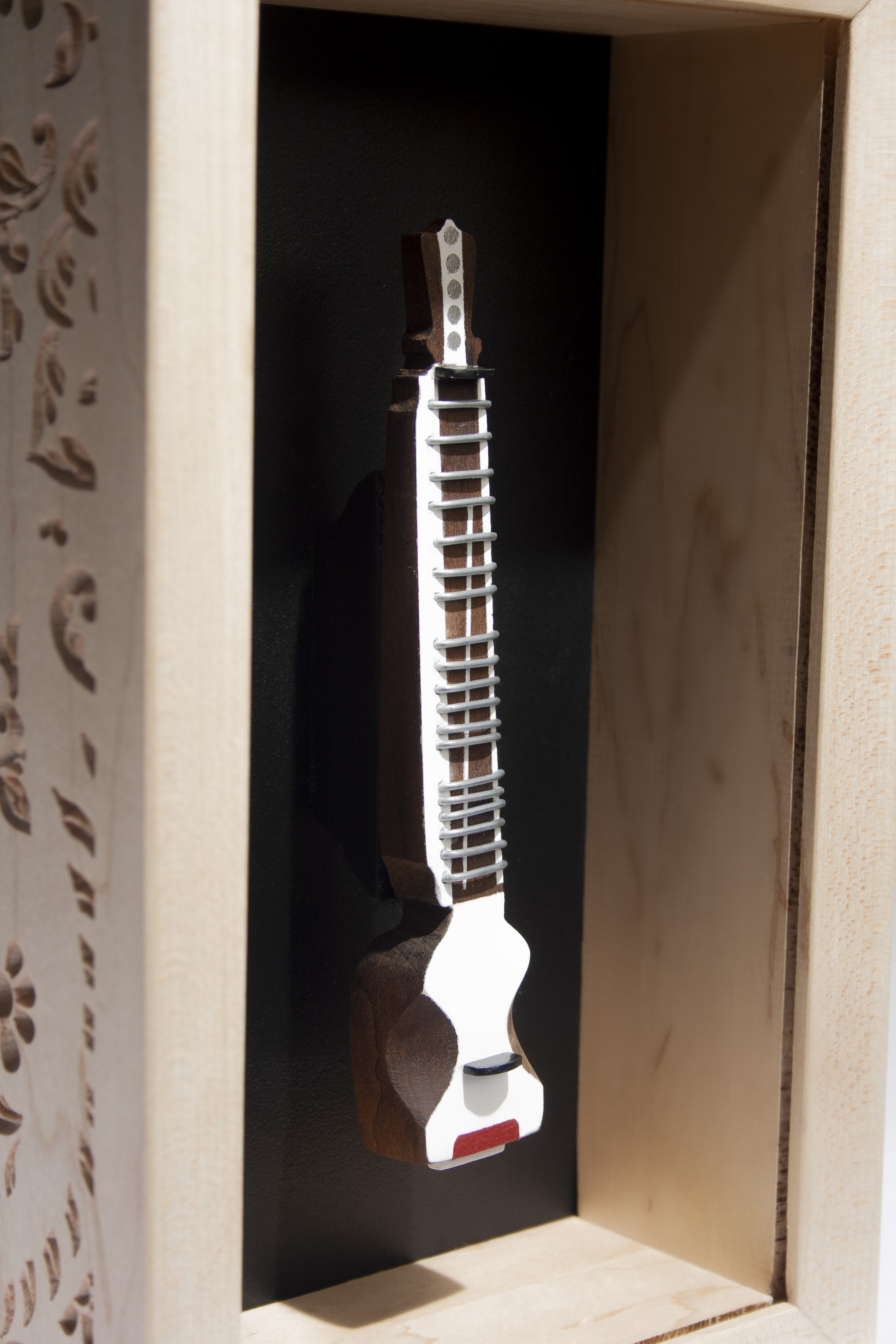
From Object to Offering
I began to see the act of making as a kind of listening — a way of being in dialogue with something much older than myself.
Resonance echoed through the wood as I shaped it.
Each curve became a response. Each carving, a form of remembrance.
What started as play became a study in devotion, memory, and form.
That's how Naad Virasat was born — not as a product line, but as a spiritual design practice.
An offering to a legacy.
An invitation to reconnect with our sonic heritage — through hand and form.
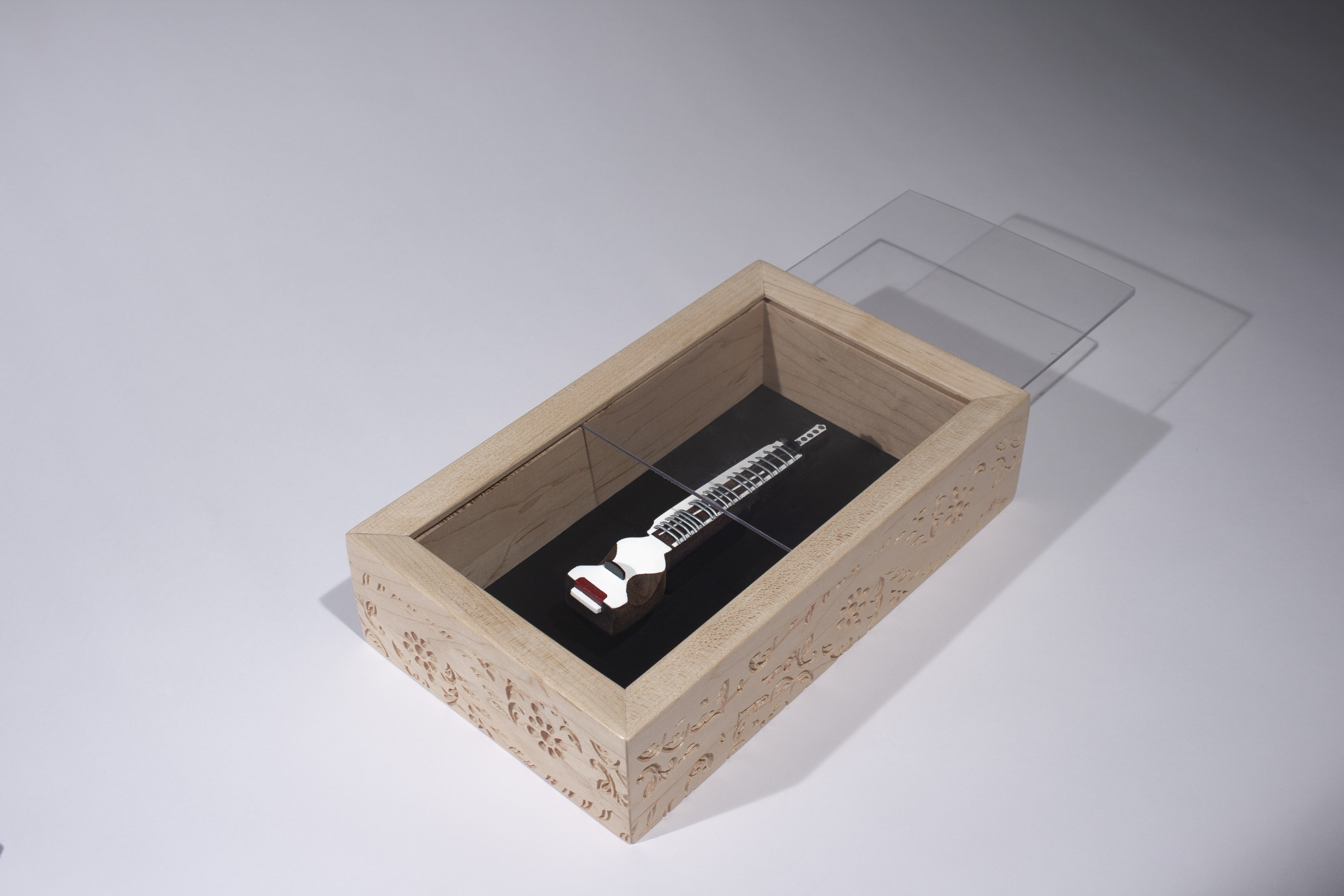
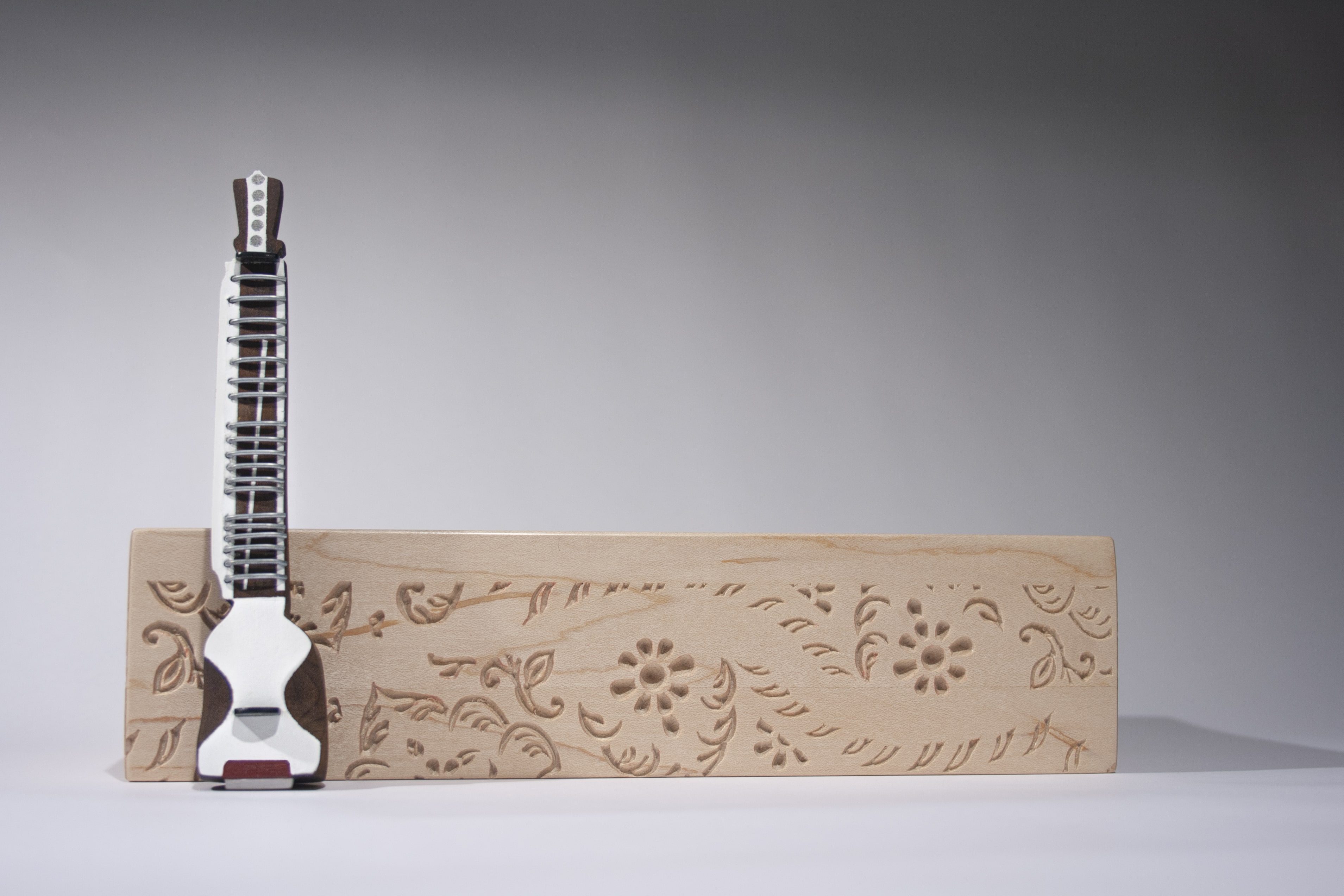
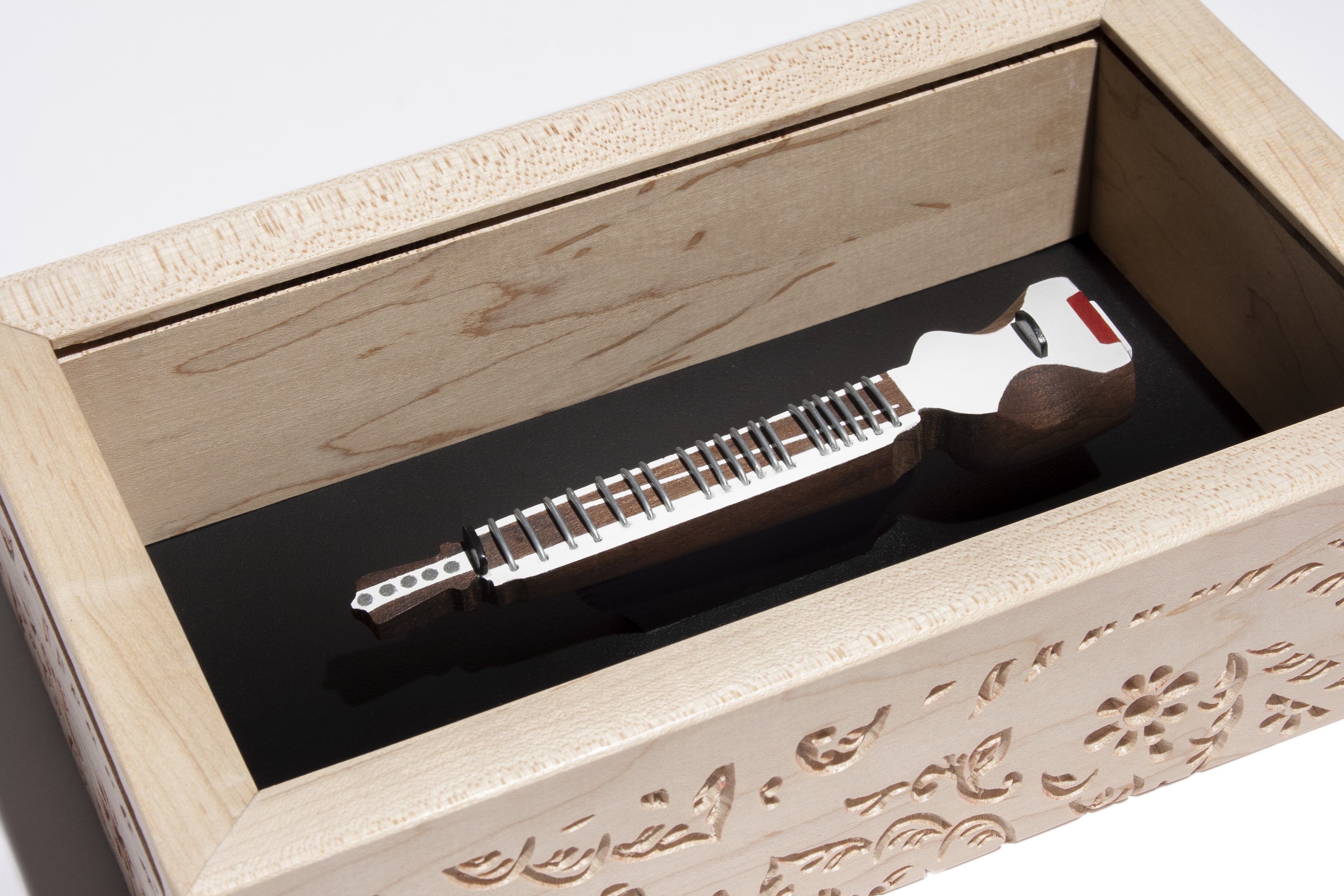
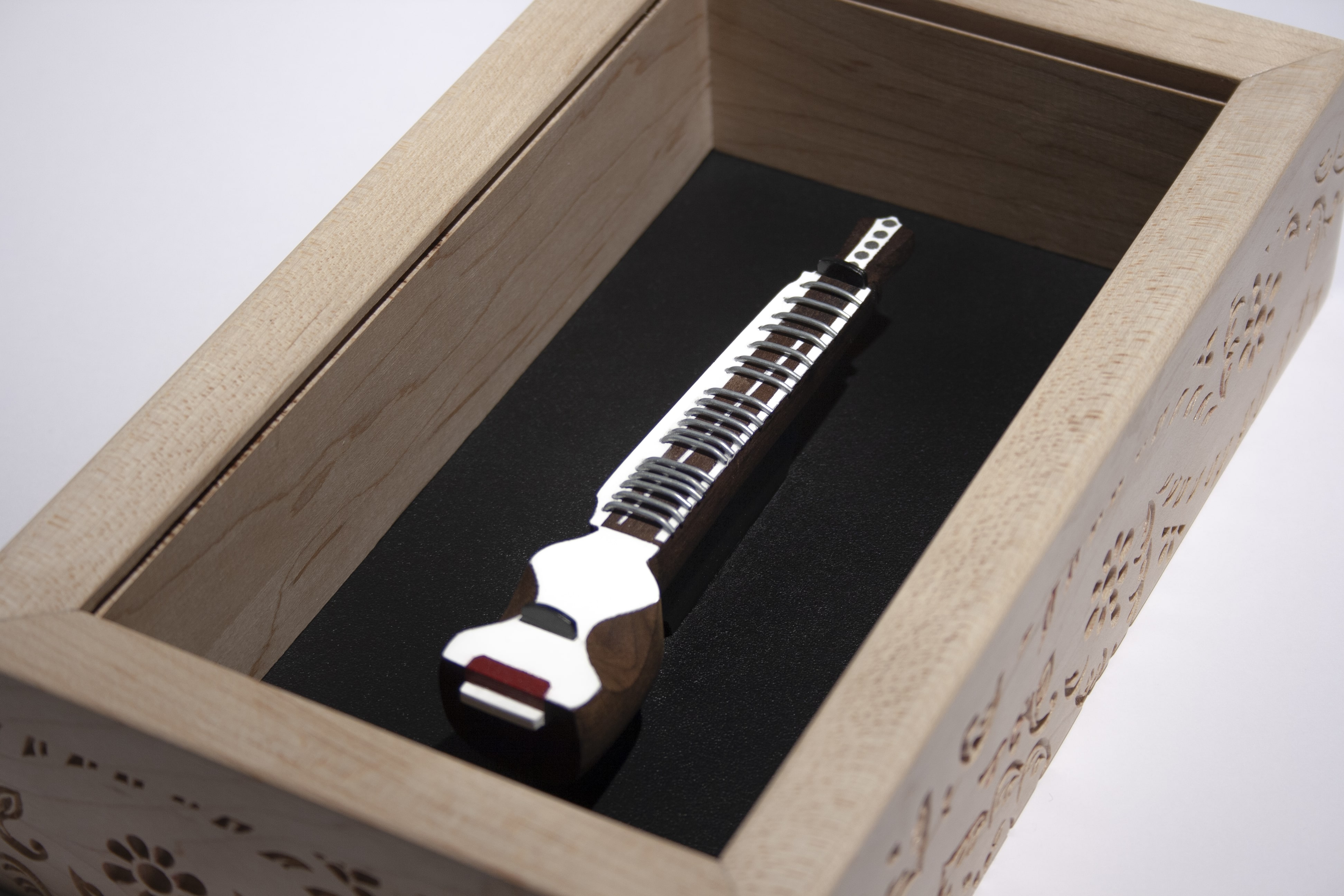
Limited Release
The first object in the Naad Virasat collection is the Lilruba — an 8-inch sculptural replica of the original dilruba, suspended inside a carved floral shadowbox.
In 2025, a first edition of 50 pieces will be released, each one handcrafted, boxed, and accompanied by a signed story insert.
It is not meant to be played — it is meant to be felt.
To sit in a home. To start a conversation.
To steal hearts in silence.
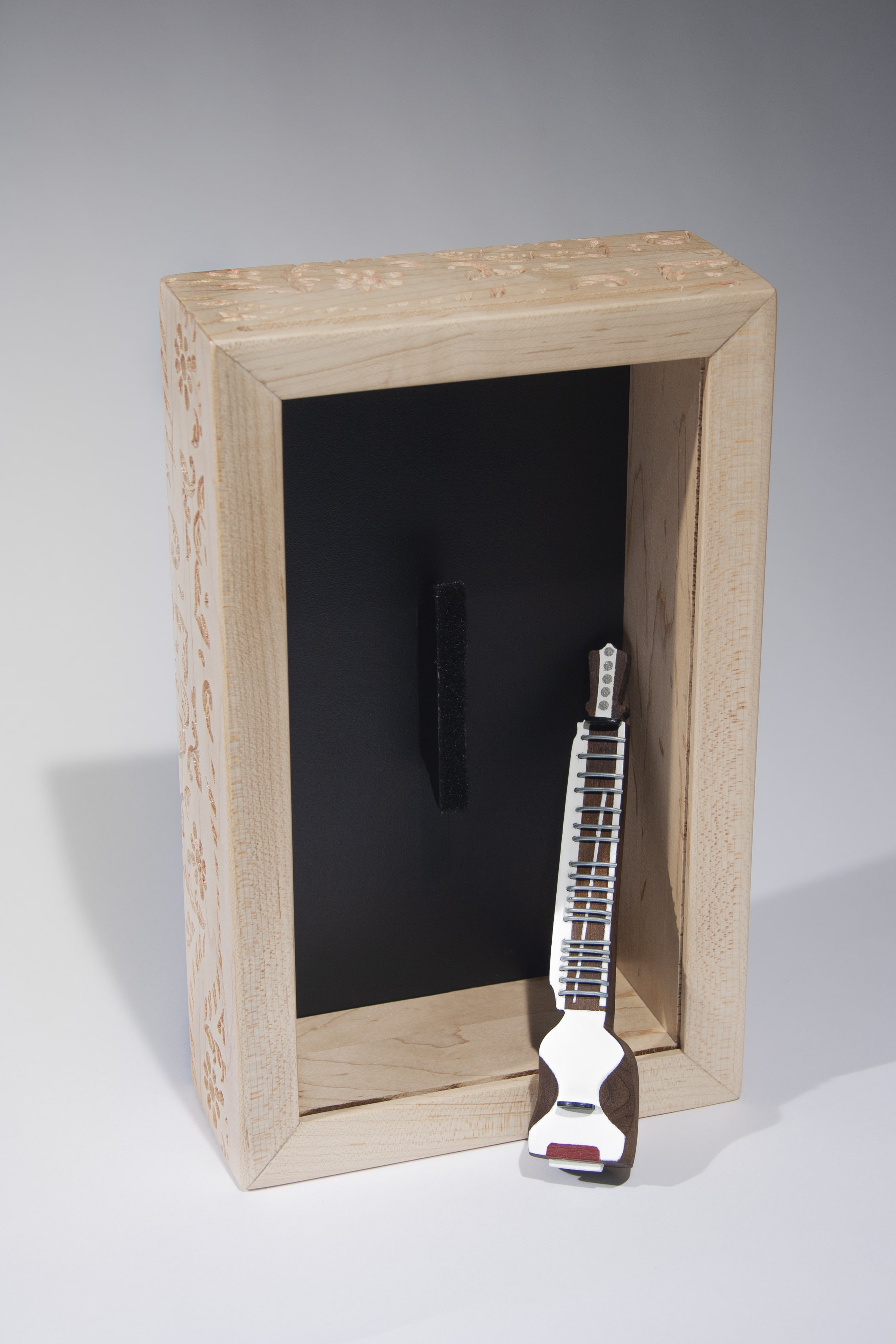
Join the Naad Virasat waitlist
Be the first to know when the Lilruba is ready to live in your home.
about me
hi, i'm kunwarbir.
i see Waheguru or the Creator as a Divine Creative Energy.
it exists within and all around us.
when i'm making something, i like to believe i'm tapping directly into that energy.
for me, making becomes meditation.
i try to capture and symbolize Sikh philosophy through forms inspired by the ultimate creation- this universe.
check out some of my other work below.


functional sculpture and design objects shaped by flow, feeling, and form.
Lehar
2018
This is a decorative shelf inspired by the concept of "Hukam," from Sikh philosophy. To me, it describes the natural order of the world, and how life is much simpler once you submit to it. Similar to how it would be impossible to fight and swim against a powerful wave in the ocean, it's impossible to fight and defy the natural order of the world.
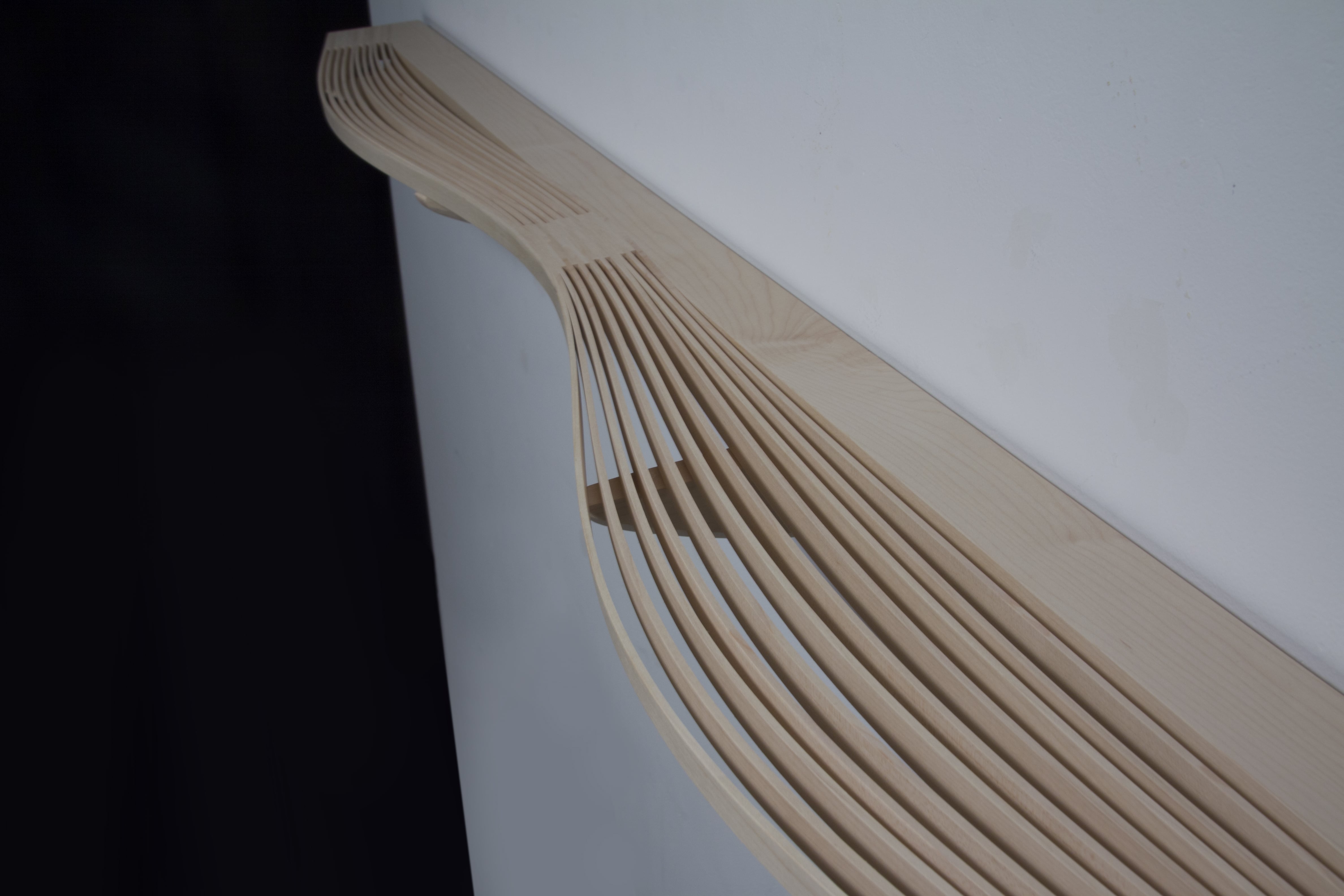
I became much happier and content in my life once I began to go with the flow. Thus, Lehar, the Punjabi word for wave, was inspired by the ebbs and flows of water. It was made from a series of maple strips randomly bent and glued in place. The randomness was a nod to the organic yet rhythmic; chaotic but perfect reality of not only nature, but life itself.
Taike
2020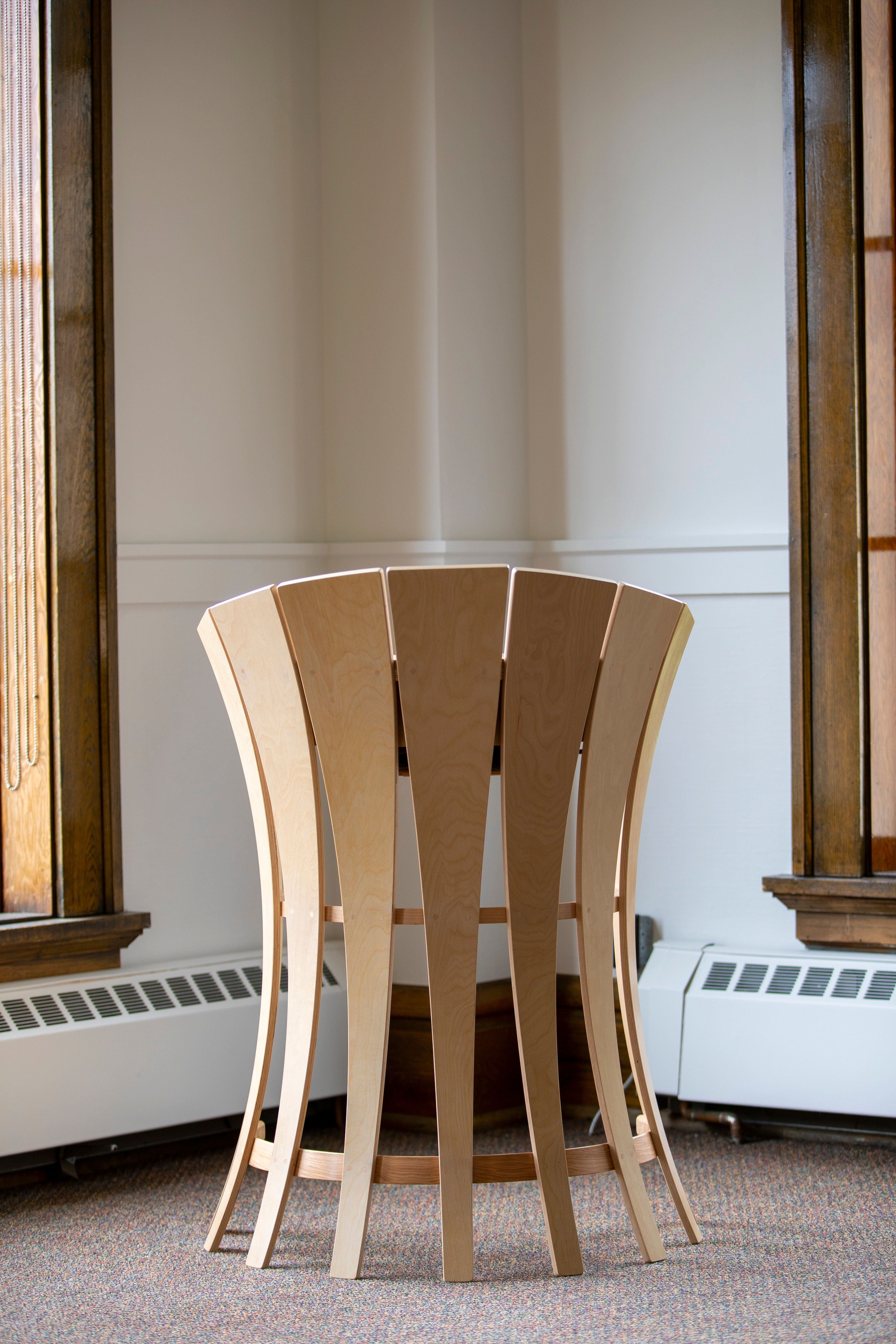
This is the Taike lectern (pronounced Tie-kay). In 2020, I had the privilege and pleasure of designing and building new furniture alongside the Anishnaabe community for the Thunder Bay Library. I chose to create a lectern because they symbolize communal authority and hold the power of amplifying voices.
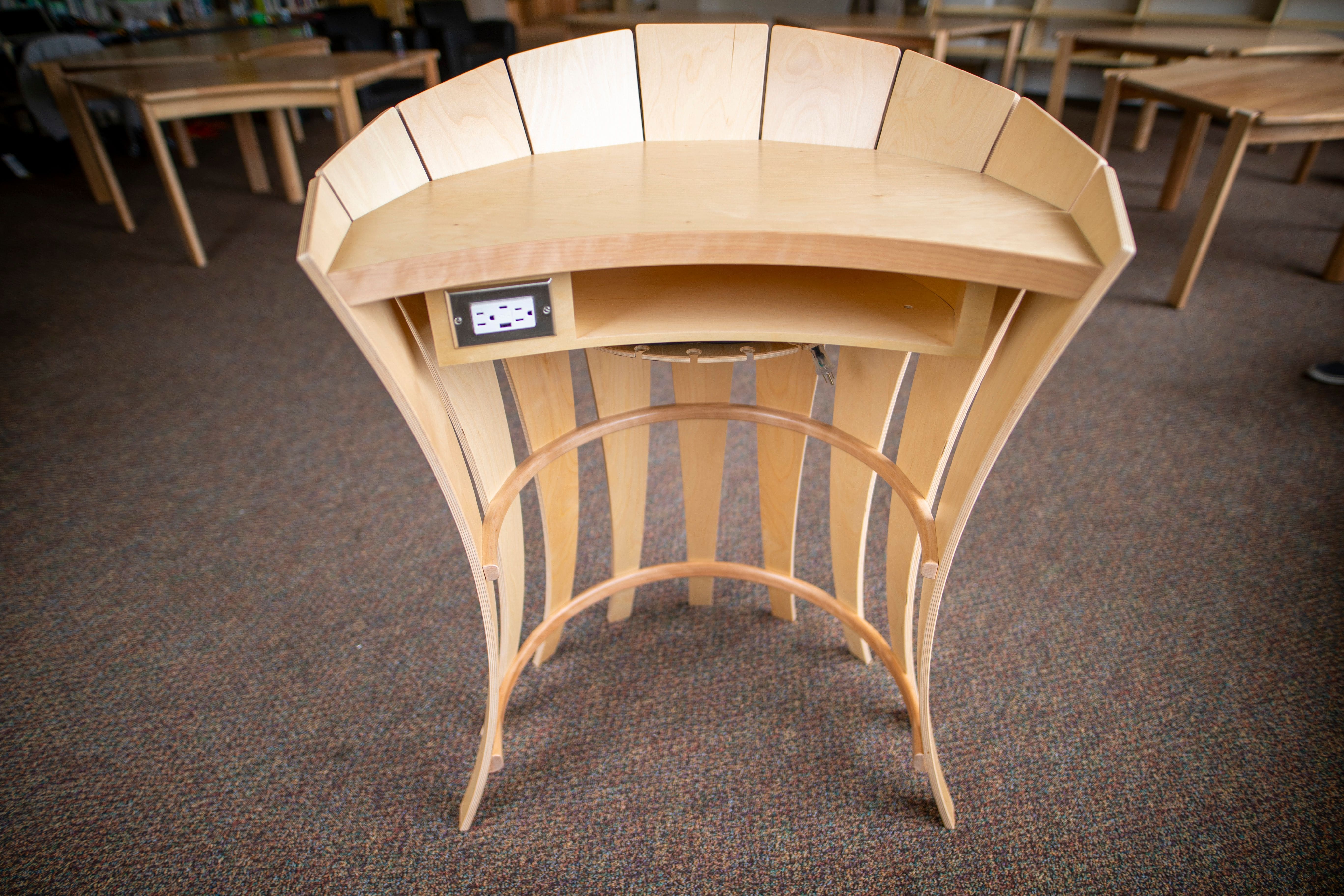
I wanted the Taike lectern to be symbolic of those and so it's inspired by the shape and characteristics of a tree; a wide base of roots that branch together to form a strong trunk, a strong community.
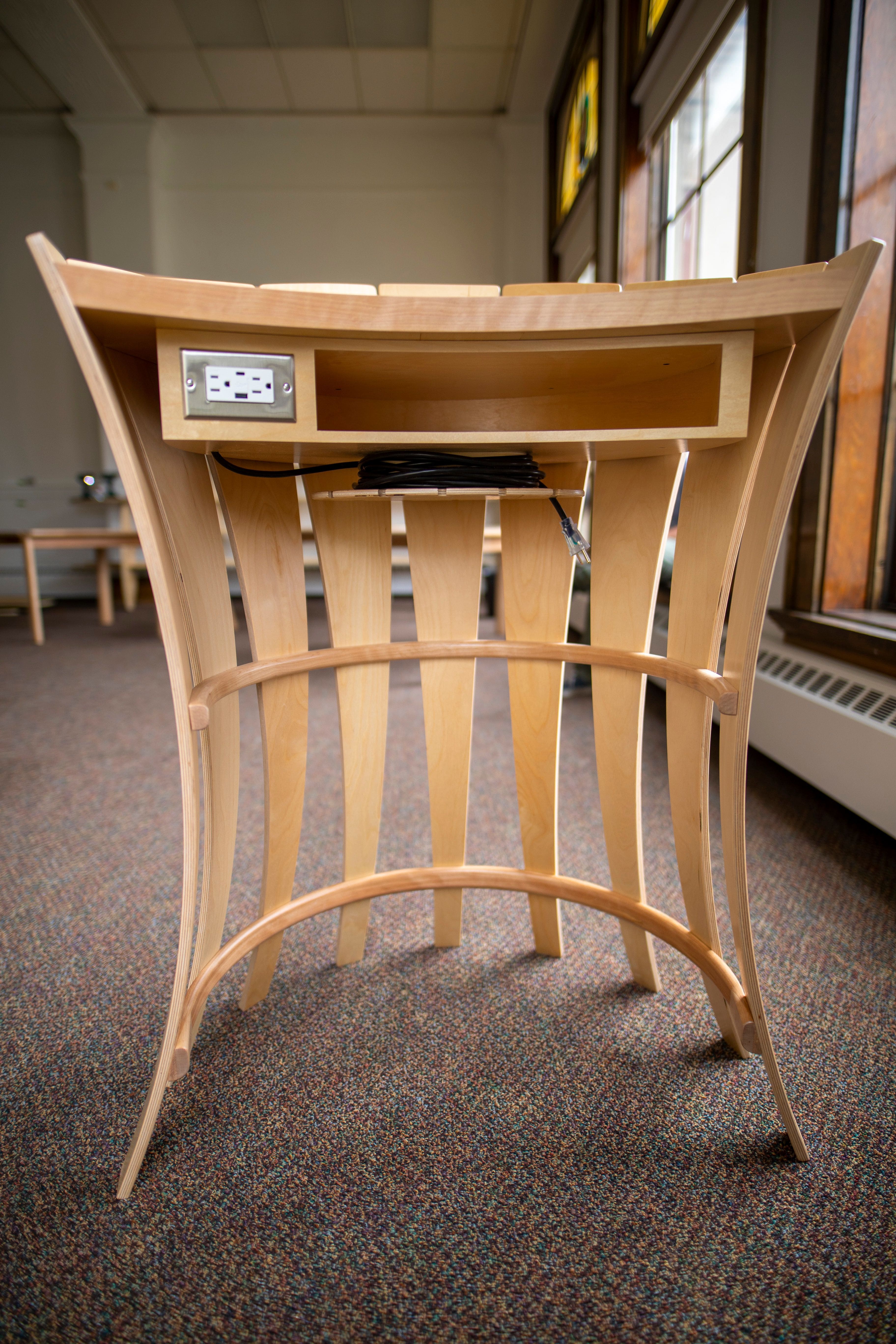
This was the start of a beautiful relationship- a story of resilience & inter-cultural community. Taike was the Punjabi word the Sikhs used to refer to their Indigenous kinsmen, and a fitting name for this lectern.
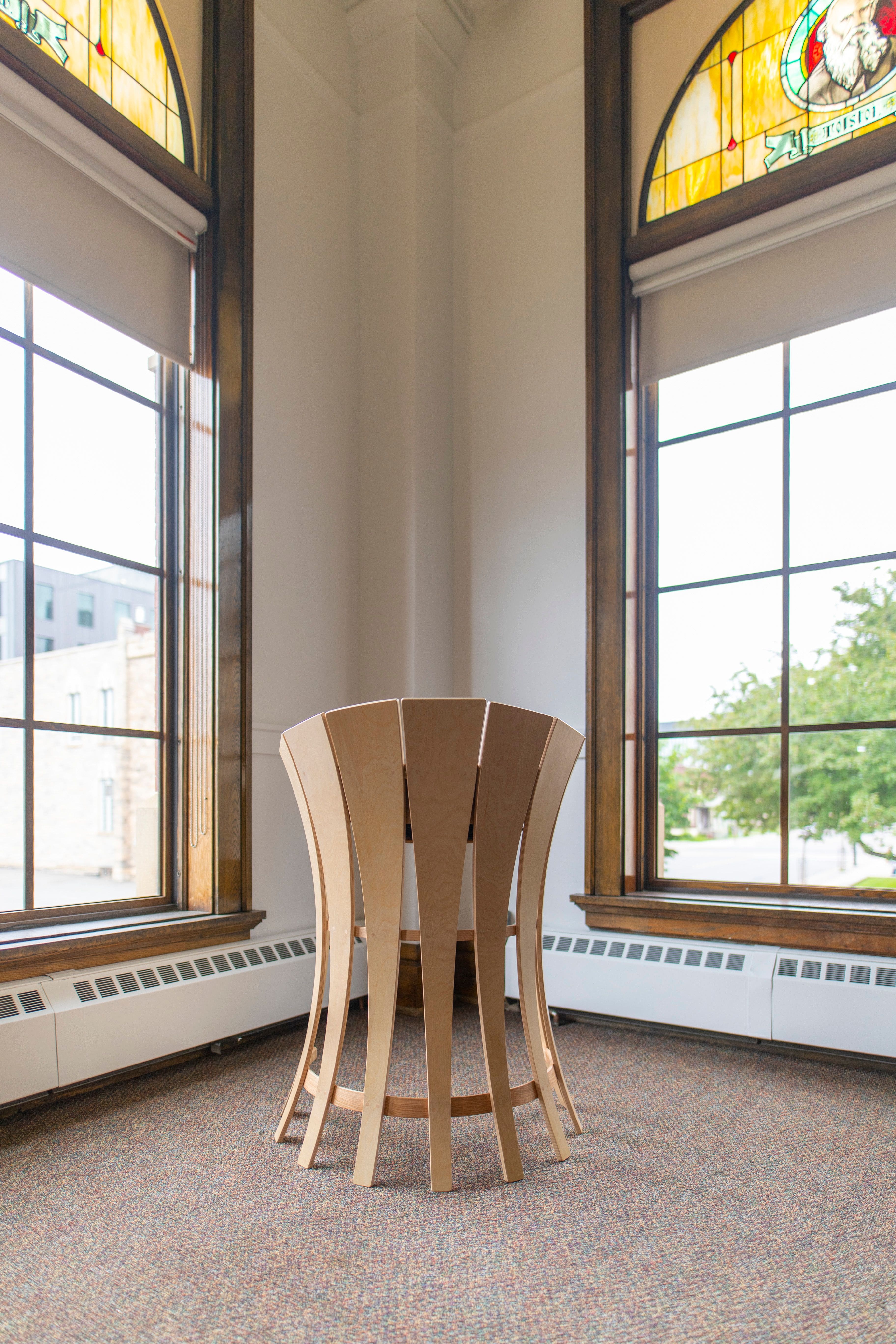
Suhara
2019
The history of the Sikhs is a turbulent one; with the Sikh identity always under attack, art and craft became secondary to survival. Each atrocity would mean history being lost, and reintroduce the need to rebuild. Every century, our art and architecture was reinvented.
In the 1700s before the influence of the West, Punjabi Sikh culture was mainly devoid of furniture; it was made for and used by elites only. There were some objects, such as manjhe (pronounced mun-jay, woven cotton beds) or stoolies— short low stools, that were commonplace and found in each household. Furniture of that time was purely functional. Punjabi culture instead emphasized ornate, colorful exteriors of homes, with frescoes covering the walls and mirrors inside on the ceiling.

This low stool was an effort to bridge that history to the conventional minimalistic aesthetic of today. I designed Suhara to pull focus to the joint that holds it together and gives it all its strength - highlighting its connection to the purely functional furniture of pre-annexation Punjab. I made the woven seat bright and colorful, both elements of traditional Punjabi Furniture.

Get in Touch
I'm always open to discussing art, design, and cultural heritage. Feel free to reach out.